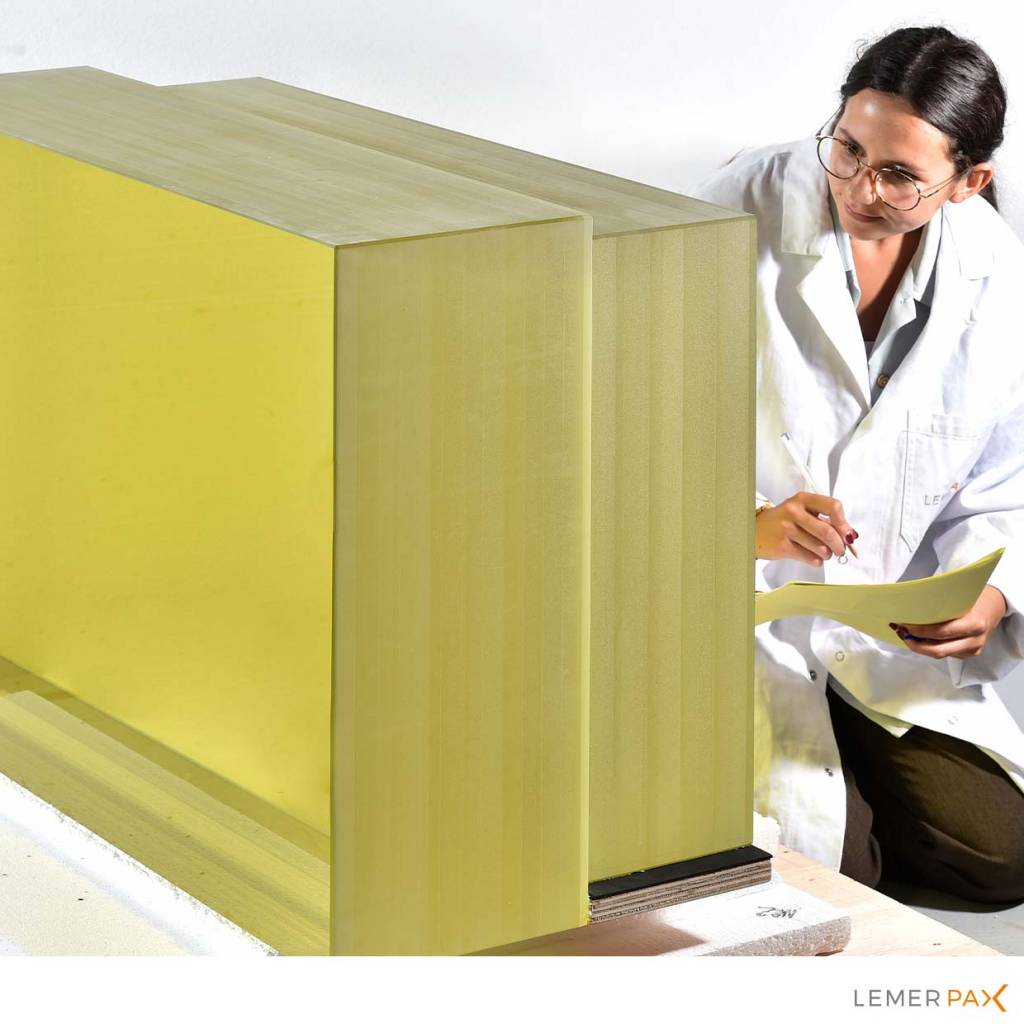In today's medical and industrial environments, protecting personnel and sensitive equipment from harmful radiation is paramount. Radiation shielding glass has emerged as a crucial component in creating safe workspaces while maintaining visibility and operational efficiency. This specialized glass plays a vital role in various applications, from medical imaging facilities to nuclear power plants.
Understanding Radiation Shielding Glass
Radiation shielding glass is a sophisticated material designed to block or attenuate different types of radiation while maintaining optical clarity. This specialized glass typically contains high levels of lead oxide or other heavy elements that effectively absorb and block radiation. The composition may vary depending on the specific type of radiation protection required and the intended application.
Key Components and Composition
The effectiveness of radiation shielding glass relies on its unique composition, which typically includes:
- Lead oxide (PbO) – The primary radiation-absorbing component
- Barium oxide (BaO) – Enhances radiation absorption properties
- Silicon dioxide (SiO2) – Provides structural stability
- Additional metal oxides for improved performance
Applications in Medical Settings
In healthcare facilities, radiation shielding glass serves multiple critical functions. From X-ray rooms to radiation therapy centers, this specialized glass enables medical professionals to safely monitor patients while maintaining protection from harmful radiation. For radiation protection mobile solutions, healthcare facilities often employ portable shields with integrated viewing windows.
Common medical applications include:
- Diagnostic imaging rooms
- Radiation therapy facilities
- Nuclear medicine departments
- Dental X-ray installations
- PET/CT scanning rooms
Industrial Applications and Requirements
Industrial settings present unique challenges for radiation protection. Nuclear power plants, research laboratories, and manufacturing facilities utilize radiation shielding glass in various capacities. The glass must meet stringent safety standards while providing clear visibility for operators and researchers.
Performance Characteristics
The effectiveness of radiation shielding glass is measured through several key parameters:
- Lead equivalency value
- Light transmission rate
- Density and thickness specifications
- Impact resistance
- Temperature stability
Installation and Maintenance Considerations
Proper installation and maintenance of radiation shielding glass are crucial for ensuring optimal protection. The installation process must account for:
- Proper frame support and mounting
- Overlap requirements
- Seal integrity
- Regular inspection protocols
Technological Advancements
Recent innovations in radiation shielding glass technology have led to improved products with enhanced capabilities:
- Reduced weight while maintaining protection levels
- Better optical clarity
- Enhanced durability
- Improved lead-free alternatives
- Smart glass integration possibilities
Safety Standards and Compliance
Radiation shielding glass must meet strict regulatory requirements and safety standards across different regions and applications. These standards ensure consistent protection levels and reliable performance in critical environments.
Environmental Considerations
Modern radiation shielding glass manufacturing increasingly focuses on environmental sustainability. Manufacturers are developing:
- Eco-friendly production processes
- Recyclable materials
- Energy-efficient solutions
- Reduced toxic component usage
Future Developments
The field of radiation shielding glass continues to evolve with emerging technologies and requirements. Future developments may include:
- Advanced composite materials
- Improved optical properties
- Enhanced radiation blocking efficiency
- Integration with smart building systems
Selection and Specification Guidelines
When choosing radiation shielding glass, several factors must be considered:
- Radiation type and intensity
- Required protection level
- Viewing area requirements
- Environmental conditions
- Budget constraints
- Regulatory compliance needs
The implementation of appropriate radiation shielding glass solutions requires careful planning and expertise. Working with qualified manufacturers and installers ensures optimal protection while meeting operational requirements. Regular assessments and updates to shielding systems help maintain safety standards and adapt to evolving needs in both medical and industrial applications.
As radiation-based technologies continue to advance, the importance of effective shielding solutions grows accordingly. Understanding the capabilities, limitations, and proper application of radiation shielding glass remains essential for facility managers, safety officers, and healthcare professionals responsible for radiation protection.

